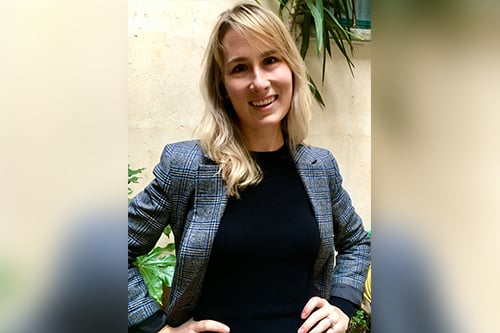

The following is an editorial by Alicja Grzadkowska, senior news editor at Insurance Business. To reach out to Alicja, email her at [email protected].
Oftentimes, the client-facing experts in insurance are the agents and brokers working on the frontlines with individuals and businesses to secure them insurance coverage. However, agencies and brokerages need to do a better job of reflecting the very people they work for by focusing more intently on their own diversity and inclusion practices, thereby showing that they take the broader movements for racial equality in insurance seriously.
The agency and brokerage space is often lacking in equal representation. While there are few statistics that focus exclusively on pinpointing the racial make-up of agency and brokerage workforces, many organisations have revealed that there’s a lack of diversity across the insurance industry broadly, particularly in leadership roles. That continues through to agencies and brokerages, where leadership teams are still dominated by white men.
The importance of expanding diversity at agencies and brokerages is why groups like the National African American Insurance Association (NAAIA) have focused some of their efforts on making Black professionals aware of the opportunities at the insurance agency and brokerage level. In fact, a study conducted by Marsh and NAAIA noted, “With changing minority demographics and an increase in the number of smaller agencies servicing them, there is an opportunity to provide African Americans interested in insurance careers with unique hands-on opportunities to grow, and grow with, the business.”
The agency and brokerage world is a great place to start an insurance career. After all, many of the top leaders at national and global insurance organisations got their start in the insurance business by working at an independent insurance agency or brokerage where they learned the ropes of insurance and made connections with vital leaders who would help them along their journey in this sector. One example would be Worldwide Facilities’ CEO Davis Moore, who early on in his career moved to London to work in the Lloyd’s marketplace as a broker, and then returned to the US to start at Worldwide Facilities as a wholesaler broker. Meanwhile, Swiss Re’s reinsurance CEO Moses Ojeisekhoba was a few years out of school when he took a job as a life insurance agent.
Another example is Maureen Gallagher, today Michigan agency president and national real estate and workers’ compensation practice leader at AssuredPartners, though her story had a few notable challenges. When she was interviewing for producer positions after several years in the industry, she interviewed at many agencies and none would offer her a salary, which meant she would have to work solely on commission.
It was not so long ago, in the 1970s, when female producers were almost non-existent. Yet the same challenges persist today, with unconscious and conscious bias limiting opportunities for racially diverse talent to get their foot in the door. After all, many hiring decisions are based partly on determining if a candidate would be a “cultural fit” – a largely subjective notion that can easily feed into the hiring of people who already look like and have similar experience to those working at the organisation.
A few broker and agent associations already have committees dedicated to bringing in young people or those new to insurance into this sector. What these, as well as individual companies, should also consider – and what they often lack – is how to reach potential future insurance professionals who don’t have the same experiences and don’t look like them, yet can bring new perspectives into agencies and brokerages. This can be executed by internal groups dedicated to diversity issues at the agency and brokerage level as well as individual company efforts to recruit, mentor, and advance diverse individuals, such as Inclusion@Lloyd’s, which don’t seem to be as common as the D&I efforts of larger insurance organisations.
Agencies and brokerages are proven launch pads for the insurance industry – someone who starts at this level can build out a significant business and even progress to the most senior ranks of insurance. As a result, they are critical insurance workplaces that need to step up in the fight for racial equality in insurance.
